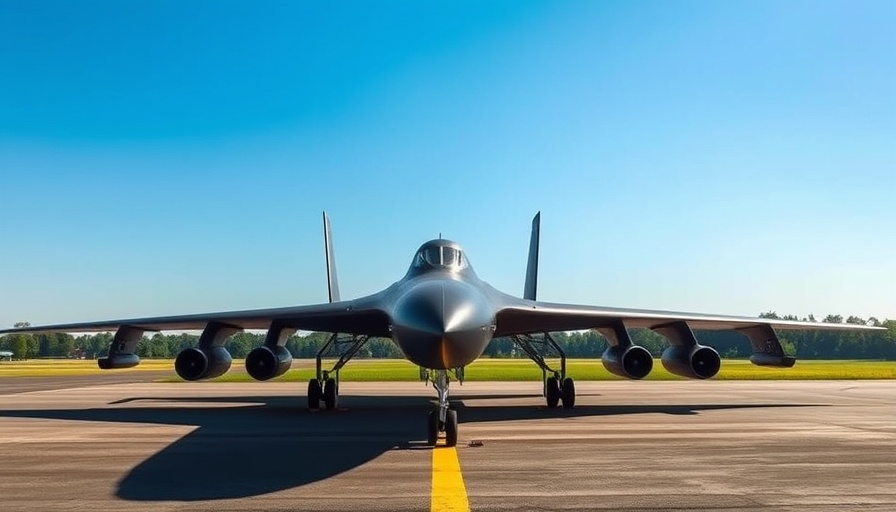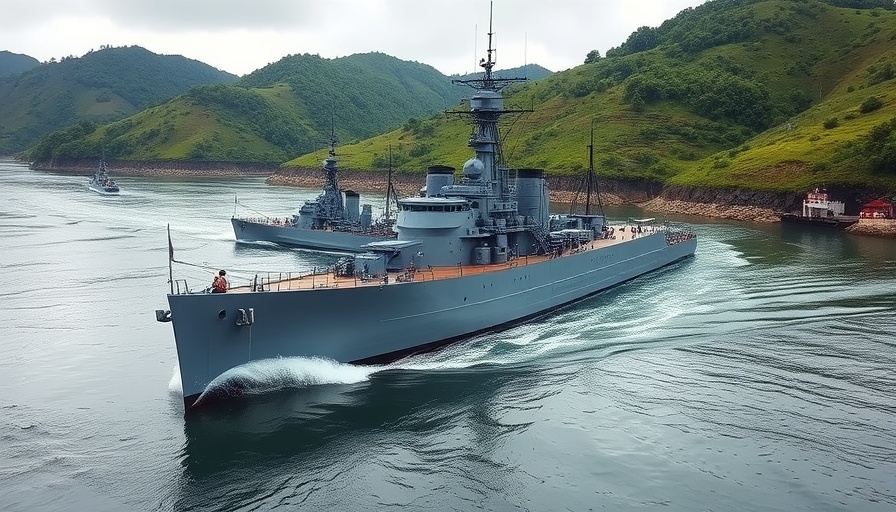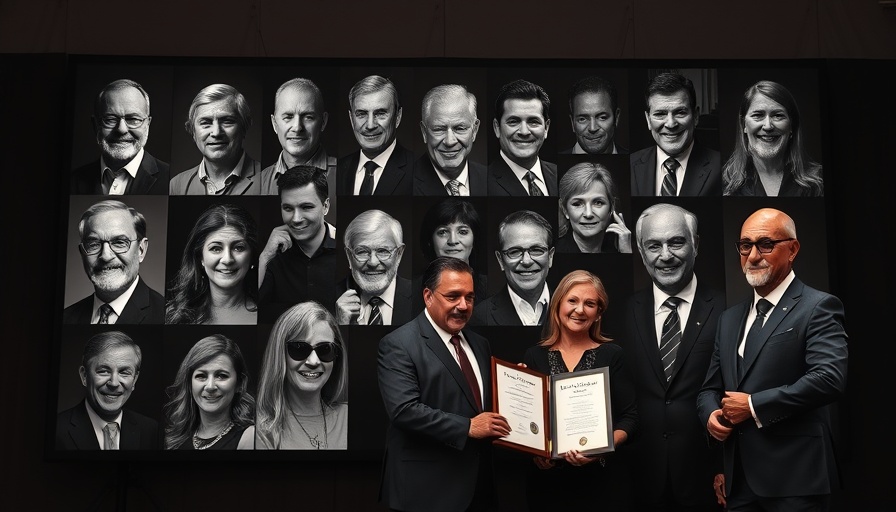
A New Era for America's Bomber Fleet
Modernizing America's bomber force is not just a question of replacing aging aircraft with new models; it's a sophisticated strategy that incorporates cutting-edge technology and meticulous planning. The Air Force's transition from the venerable B-1B Lancer to the advanced B-21 Raider marks a pivotal moment in ensuring that the United States remains prepared for current and future military challenges.
Understanding the B-1B Lancer
The B-1B Lancer, affectionately dubbed the "Bone" by its crews, has served in various roles since its introduction in 1985. Originally designed for high-speed, long-range strike missions, it quickly evolved into a versatile instrument capable of performing close air support and combat operations across multiple theaters. However, these extensive deployments took a heavy toll on the aircraft; by 2019, fewer than half of the Lancer jets were airworthy, compelling the Air Force to reconsider its fleet management.
Retirement and Resource Reallocation
In 2021, the Air Force made the tough decision to retire seventeen older B-1Bs, reducing the operating fleet from 62 to 45 aircraft. This strategic move was not simply about downsizing but focused on maintaining the most effective and capable planes. Many of the retired aircraft were repurposed, including a notable restoration of the B-1B "Lancelot," showcasing the Air Force's commitment to maximizing the operational efficiency of its remaining fleet.
Introducing the B-21 Raider: A Leap Forward
The upcoming B-21 Raider represents the next generation of American bombers and embodies a cutting-edge approach to military aviation. As the first new strategic bomber introduced in over 30 years, the B-21 is designed for the most demanding missions. It features advanced stealth capabilities, can be outfitted with either nuclear or conventional munitions, and also offers the option to be operated autonomously or manned, enhancing its tactical flexibility.
Modernization Strategy: Cost Control and Accelerated Production
The B-21 program has prioritized efficiency from its inception, focusing on cost control and rapid production without sacrificing quality. Test aircraft are being built to operational standards, ensuring that lessons learned are immediately applicable to production models. This forward-thinking strategy not only modernizes America's capabilities but does so in a financially responsible manner.
The Role of Community in Supporting the Military
For Kansas City residents and local businesses, understanding major developments in military technology and operations is essential. The presence of strategic military assets, like the B-21 Raider, has significant implications for the community, from economic opportunities to cooperative ventures that promote regional health and wellness initiatives. Engaging with our military can foster collaborative projects that highlight community strength through wellness events, fitness initiatives, and mental health resources.
Conclusion: A Call for Community Engagement
The modernization of America’s strategic airpower is a complex interplay of technology and strategy that resonates deeply within communities like Kansas City. With ongoing military advancements, there is a call for local involvement in supporting health and wellness initiatives aligned with our military's mission. Have a story to share or want to contact us for more details? Drop us an email at team@kansascitythrive.com.
 Add Row
Add Row  Add
Add 





Write A Comment